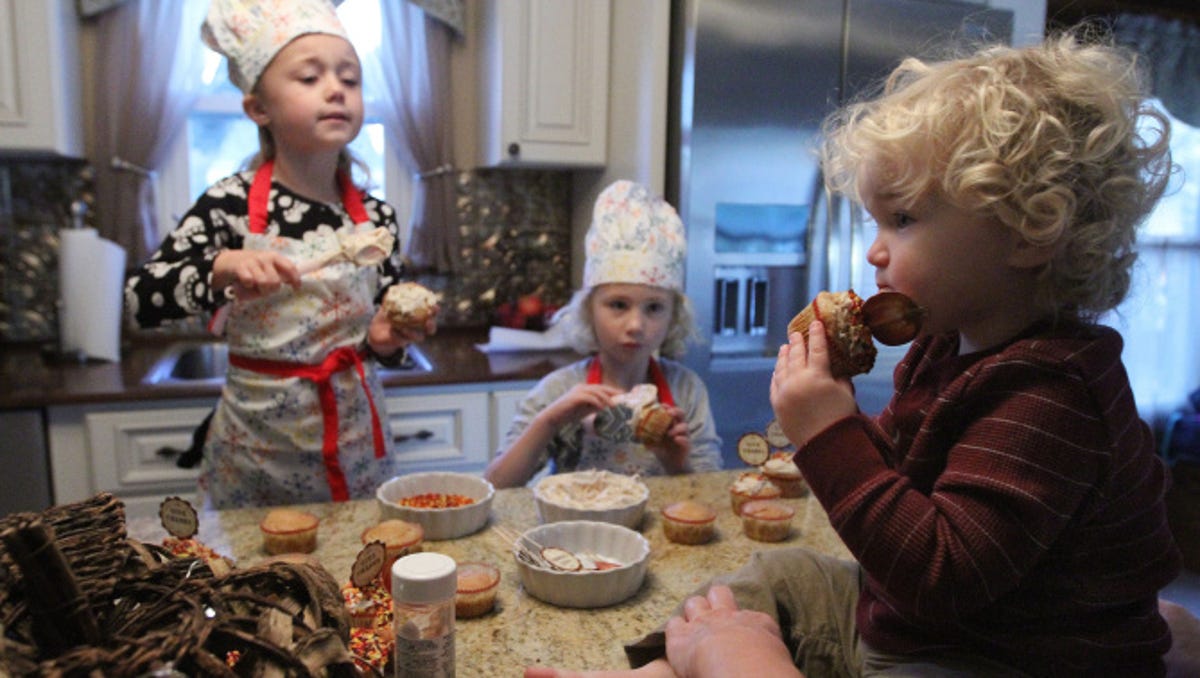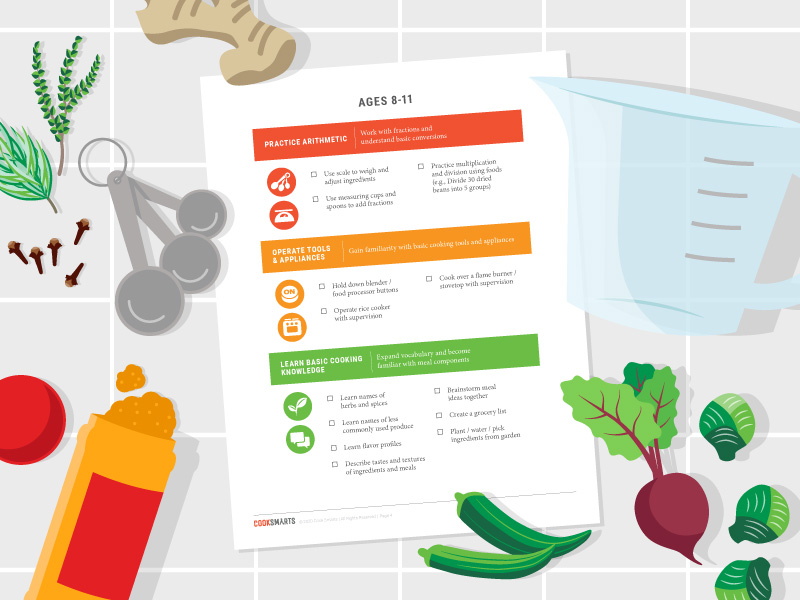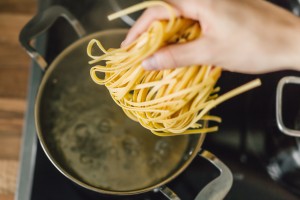
If you are passionate about cooking, then you have probably tried to learn advanced cooking techniques. French and Chinese techniques are familiar to you. You've heard of French and Chinese techniques. But what about Japanese, Chinese, and other methods? Learn the best methods for poaching and steaming. Read on to discover how these methods work and why you need to learn them. These techniques can be applied to everyday cooking. These cooking techniques can be applied to your everyday cooking. Keep an eye out for cookbooks with detailed instructions.
French cooking techniques
French cooking's foundation is built on traditional techniques. French chefs know how to put everything in its place and slow cook at low temperatures. Confit is a slow method that involves slowly cooking a variety food in fat on a low heat. Similarly, they often use alcohol for sauces. Flambeing is a common ingredient in desserts. But, you can pour the alcohol over the food while it is still heating to add flavor.
Chinese cooking techniques
There are many techniques you can use to make traditional Chinese cooking more delicious. Stir-frying is one such technique. This involves heating oil in an open wok. Stir the food quickly until it has reached the desired texture. This method is the simplest and best suited for small ingredients, such as vegetables and noodles. Chinese cuisine can also be prepared using other cooking techniques to produce different results to stir-frying.

French technique of steaming
Steaming, which is a cooking method that produces a constant flow of hot air around food to preserve all its nutrients, without adding fat, is a way to cook. Because steam has more heat that boiling water, it's gentle and ideal for delicate foods. The steam method allows for fast cooking and preserves nutrients as well as natural color. The French have long been masters of this technique, which can make cooking vegetables and fruits a joy.
Japanese poaching technique
The Japanese have perfected the art of slow-cooked fish, and the technique of poaching is becoming more popular worldwide. This involves sealing food in a plastic bag, and slow cooking at low heat. This technique produces a uniform texture and removes aromatics and other liquids, and the health benefits are obvious. Here's how to make poached salmon the Japanese way.
Vietnamese method of boiling
The traditional Vietnamese method of boiling rice can be a simple, yet highly effective method. This method involves steaming foods in metal or bamboo trays. This method preserves all nutrients and avoids the use of oil. It can be used to cook seafood and sticky rice. It is especially helpful for vulnerable people living in developing nations who are heavily dependent upon water resources that are not yet improved. Some precautions should be taken.

FAQ
How do I learn to cook like a professional?
Cooking is one of the best ways to become a better person. You can increase your self-confidence by learning how to cook healthy foods for yourself and others. Start cooking at home if you want to learn how to cook. Find out what recipes you love first. Next, you should read books on different cuisines, like Mexican, Chinese, and Italian. Finally, practice making different dishes until you feel comfortable doing them.
Where can i buy quality kitchen equipment
You can buy high-quality kitchen gear online. There are many websites where you can shop for all kitchen tools. You should read user reviews and ratings before purchasing any kitchen tools. You can also ask other people who own similar items if they would recommend them.
How long does learning to cook take? How long will it take me to learn how?
It depends on the skill level. Some people can learn basic cooking techniques in as little as a week. Others may take several months or longer to feel competent enough to teach themselves how they cook.
The person who is learning to cook can vary in the amount of time they need. An example: Someone who has never cooked before may need more time than someone who makes regular meals. Also, certain types of cooking require more experience than others. Baking, for example, requires more experience than frying.
Focusing on a particular technique is the best way to speed up your cooking skills. Once you've mastered that technique, move on to another one. You shouldn't stress about how long it takes to learn how cook. Keep practicing and having fun with the whole process.
Statistics
- You'll be amazed that over 90% of CIA students receive scholarships and grants to finish their culinary studies. (ischoolconnect.com)
- On average, chefs earn $58,740 a year, according to the BLS. - learnhowtobecome.org
- The median pay for a chef or head cook is $53,380 per year or $25.66/hour, according to the U.S. Bureau of Labor Statistics (BLS). (learnhowtobecome.org)
External Links
How To
How to make an omelet that is perfect
Omelets are one of my favorite foods to eat at breakfast. How can you make them perfectly? I've tried many different methods and recipes, but none of them seem to work! Today, I'd like to share some tips with you in order to make delicious and fluffy omelets every day.
When making omelets, it is important to be aware that eggs can be temperamental. They must be fresh, preferably from the organic market, and be kept cold until cooking. You must keep them cool enough to allow the whites to form properly and the yolks to become too runny if they're not kept at the right temperature. Your omelets will look strangely colored if this happens. If you're going to cook them immediately, it is best if the eggs are still warm.
Another tip is to separate your egg before adding it into the pan. You don't want any white to get mixed up with the yolk because this could cause the omelet to curdle.
You could end up burning the bottom half of the egg if the egg is added directly to the heat source. Instead, microwave the egg for 10 seconds before adding it to the pan. The microwave heat cooks the eggs just right without overcooking them.
Next, let's talk about mixing the eggs. You want to mix the eggs thoroughly before you add them. You can do this by turning the bowl of your mixer upside down. Now shake the bowl vigorously. This allows the air to be whipped and the egg to be mixed thoroughly.
Now it's time to have fun: pour the milk into the mixture. Fold the eggs in the milk mixture by first pouring half of it into the egg whites. Don't worry if there are still streaks of egg visible; these streaks will disappear once you flip the omelet.
After folding the eggs, place the pan on medium heat and wait for the oil to start sizzling. Once the oil has gotten hot, add 1/4 cup of butter and swirl it around so that the entire pan is coated. Now carefully crack open the lid of the pan and sprinkle salt into the pan. An additional pinch of salt will prevent the omelet form sticking to your pan.
Cover the pan once the omelet is formed and allow it to cool completely. Flip the omelet over using a spatula or flip the pan upside down. Cook the opposite side for another minute. Serve the omelet immediately by removing it from the pan.
This recipe works best using whole milk. Skimmed milk is also possible.